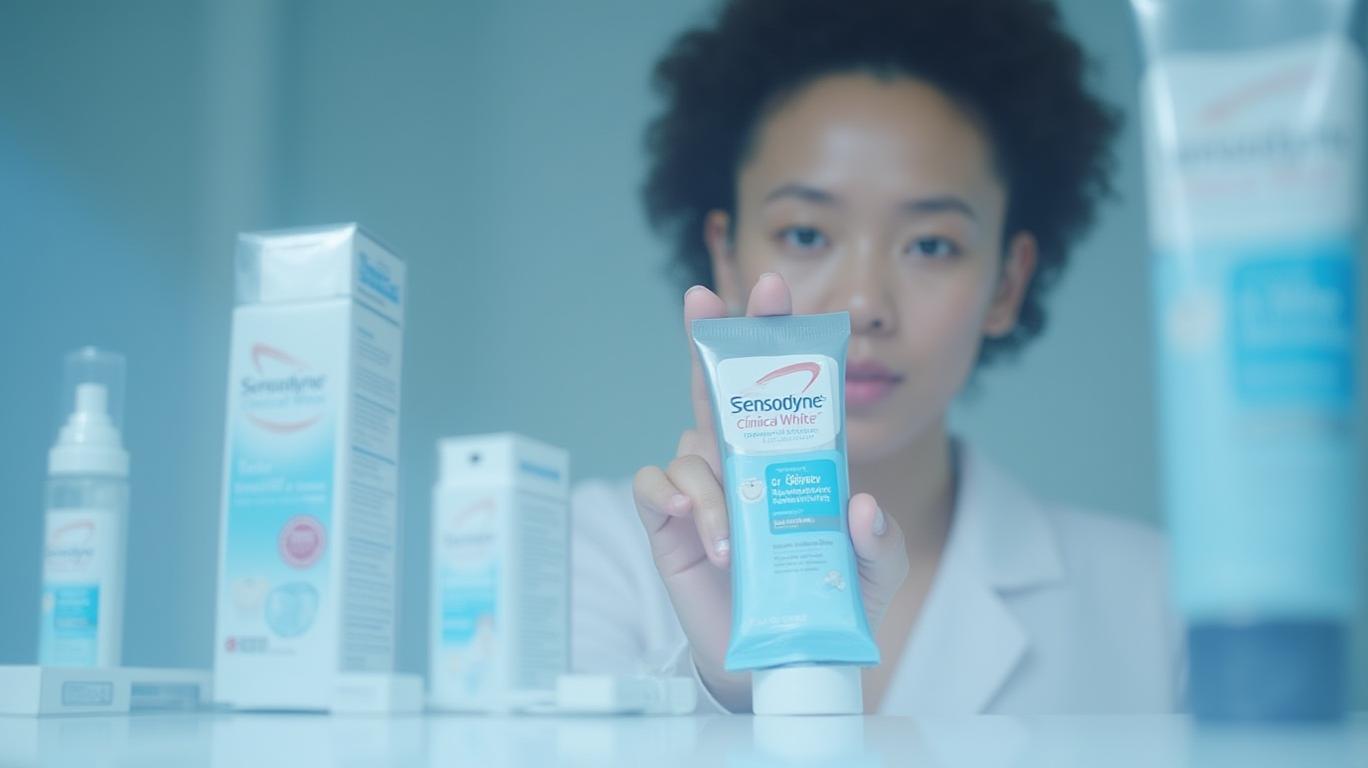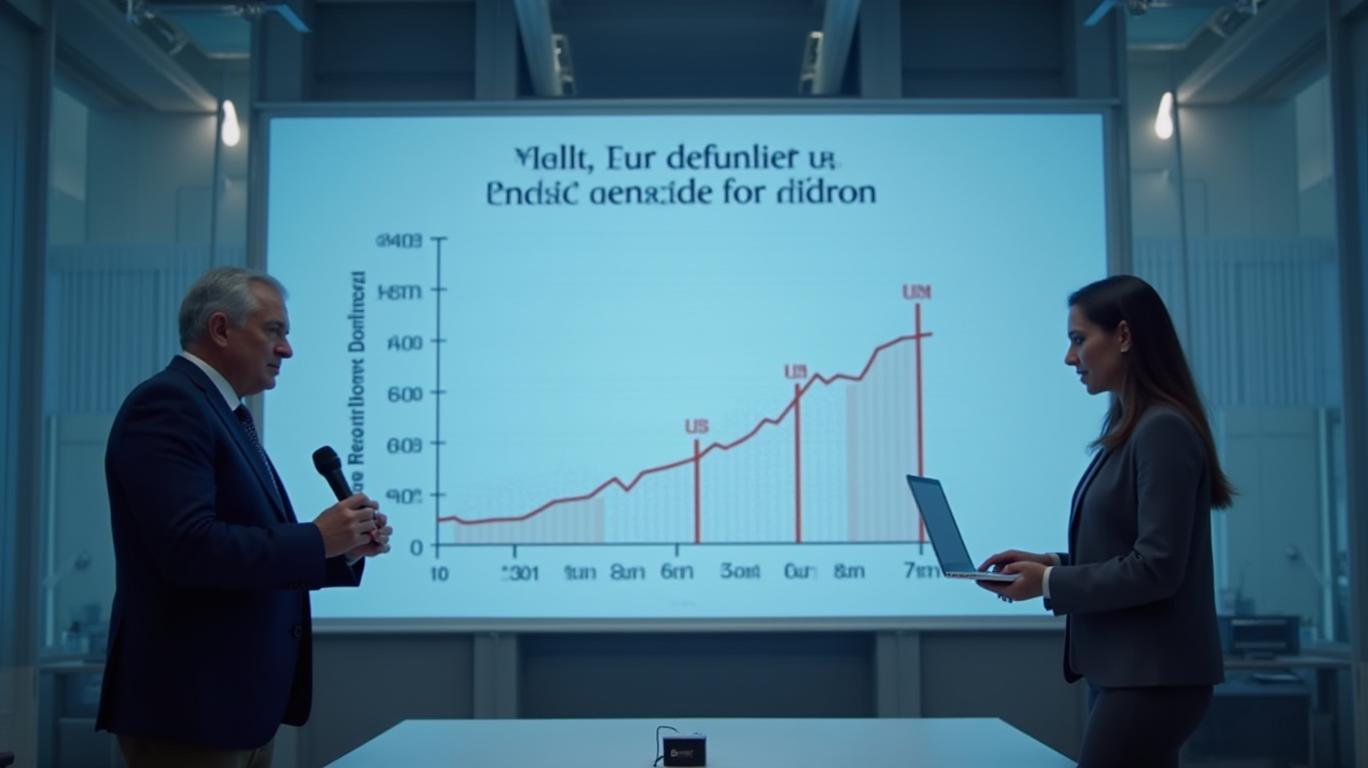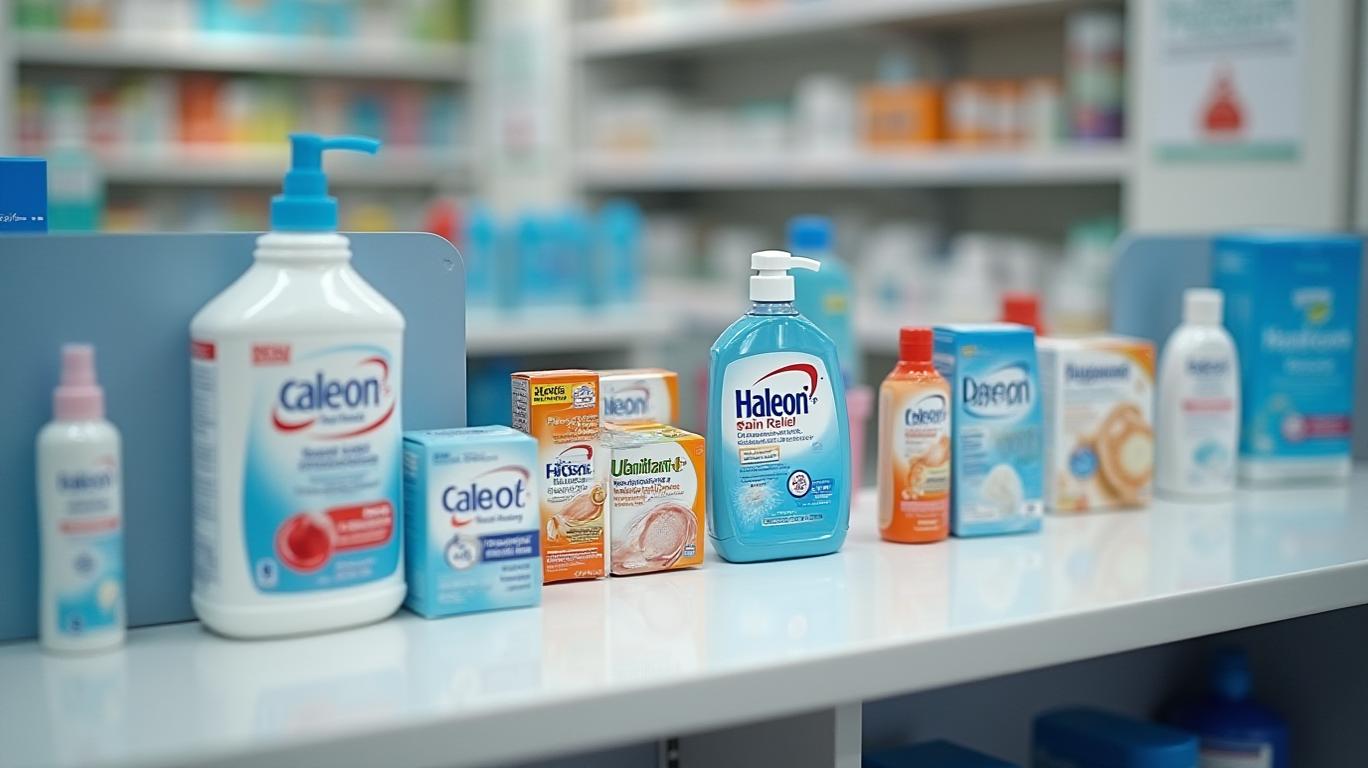Haleon’s Resilience Amid U.S. Uncertainty: Can 2025 Targets Hold?
Haleon, the British consumer healthcare giant spun off from GlaxoSmithKline, has reaffirmed its 2025 targets of 4–6% organic revenue growth despite navigating a volatile landscape marked by U.S. demand uncertainty, currency headwinds, and uneven regional performance. The company’s first-quarter results offer both optimism and caution, highlighting its reliance on geographic diversification and innovation to offset macroeconomic challenges.
Ask Aime: Haleon's 2025 revenue growth targets in the face of market volatility; how will geographic diversification and innovation impact its future?
Q1 Results: Strength in Oral Health, Struggles in North America
Haleon reported 3.5% organic revenue growth in Q1 2025, slightly outpacing analyst expectations of 3.2%. However, reported revenue fell 2.3% year-on-year to £2.9 billion, as currency fluctuations and net mergers & acquisitions (M&A) dragged down results. The standout performer was the Oral Health segment, which surged 6.6% organically. Sensodyne’s new variants—Clinical White and Clinical Repair—drove this growth, attracting younger consumers and achieving high repeat purchase rates.

But not all segments shone. Vitamins, Minerals, and Supplements (VMS) underperformed, growing just 0.9% organically, far below expectations. North America, where VMS sales slumped due to competitive promotions and market softness, grew only 1%, underscoring the region’s challenges. Meanwhile, EMEA & LATAM and APAC delivered robust growth of 5% and 4.2%, respectively, fueled by pricing power and emerging market demand.
Ask Aime: What's driving Haleon's Q1 revenue growth?
Strategic Moves: Buybacks, China Expansion, and Innovation
Haleon is aggressively executing its capital allocation priorities:
1. Share Buybacks: Progressed toward its £500 million target, with £330 million completed.
2. China Market Play: Acquired the remaining stake in its China joint venture for £200 million, aiming to capitalize on the region’s growth.
3. Product Innovation: New Sensodyne variants and geographic expansions have been key to oral health success.
These moves reflect a focus on geographic diversification and category leadership, with emerging markets (notably India) delivering 6.5% organic growth—a critical buffer against U.S. softness.
Challenges Ahead: Currency, U.S. Demand, and Inventory Risks
Despite Q1’s resilience, several risks loom large:
- Currency Headwinds: Sterling’s strength against key currencies (e.g., the euro and Canadian dollar) is expected to reduce revenue by ~2% and operating profit by ~3% in 2025.
- U.S. Demand Uncertainty: Tariffs, stagflation risks, and inventory overhangs (notably in respiratory products) have left investors wary. CFO Dawn Allen noted tariffs’ impact is “included in guidance,” but analysts question whether haleon can sustain U.S. growth amid weak consumer confidence.
- VMS Struggles: North America’s VMS segment, which includes Centrum vitamins, faces a prolonged slump. Competitor promotions and broader market softness may persist, squeezing margins.
Market Sentiment: A Delicate Balance
Haleon’s shares closed 0.5% higher on April 29 but fell 2.3% in after-hours trading following Q1 results, reflecting mixed investor sentiment. While institutional investors praised Haleon’s geographic diversification and oral health success, concerns linger about North America’s drag and margin pressures. Analysts at Barclays and Stifel highlighted the need for margin expansion in 2025 to justify current valuations, given three years of margin contraction due to M&A and FX pressures.
Conclusion: A Tightrope Walk to 2025
Haleon’s confidence in meeting its 2025 targets hinges on three critical factors:
1. Execution in Emerging Markets: India and China’s 6.5% and (post-acquisition) untapped potential could offset U.S. weakness.
2. Oral Health Dominance: Sensodyne’s innovation pipeline and category leadership are key to sustaining high growth.
3. U.S. Turnaround: Resolving inventory overhangs and reviving VMS sales through pricing or product differentiation will be critical.
The numbers tell a cautious story: Haleon’s 3.5% Q1 growth trails its 4–6% target, but its geographic balance and cost discipline (e.g., £500 million buybacks) provide a buffer. However, with U.S. GDP growth forecast at just 1.9% and tariffs adding 1.5% to inflation, investors must weigh Haleon’s strengths against macro risks.
In short, Haleon’s 2025 targets are achievable—but only if its strategy to “backload” growth, leverage emerging markets, and navigate U.S. headwinds succeeds. The next two quarters will test whether this British healthcare giant can turn Q1’s resilience into sustained momentum.
Data sources: Haleon Q1 2025 results, Barclays, Stifel, and Bloomberg analysis.


_cbf77e8c1748017079428.jpeg)






